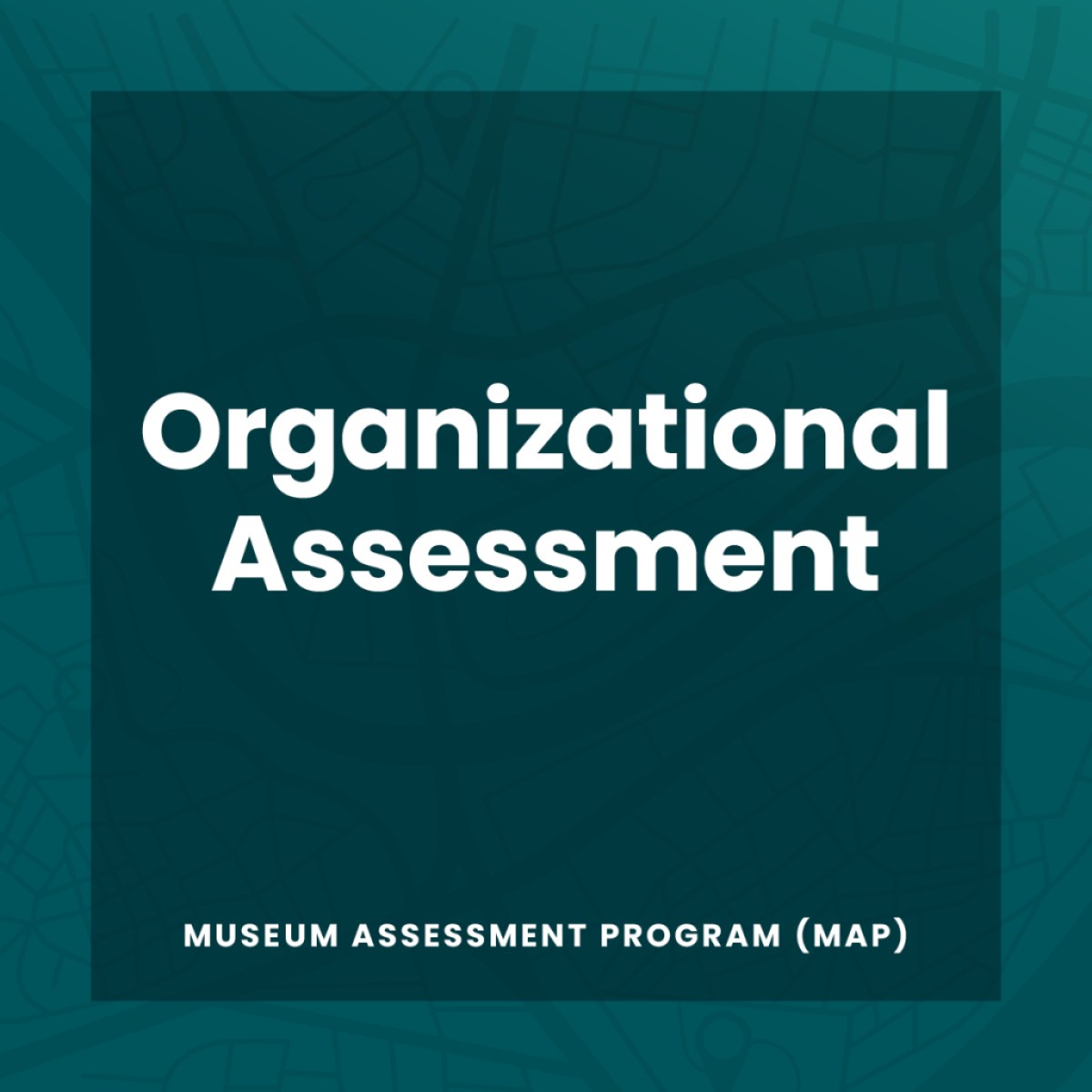MAP Assessment Types
MAP offers four assessments. Decide which assessment type is right for you by reviewing the assessment types below.
Aspects common to all assessments:
- Grounded in the Core Standards
- Include organizational values as they relate to the assessment focus
- Help museums look at both functional and strategic aspects of their operations
- Use an online platform to move through modules with narrated presentations, resources, and required activities
- Require an internal MAP team to lead the museum and be responsible for the bulk of the online work, required activities, site visit organization and action plans
MAP also offers a special Follow Up Visit Opportunity for museums who have completed a MAP in the last five years with their original Peer Reviewer. Contact MAP staff at map@aam-us.org to be added to the notification list and receive an email notification when the next Follow Up Visit application is available.
MAP Assessments
The strategic and holistic Organizational Assessment helps a museum:
- look at its operations from the perspective of how well activities, resources, and mission align with each other, and with professional ethics, practices, and standards.
- have a solid foundation to build on for long-term health and impact, by placing significant emphasis on thinking, acting, and planning strategically.
- assess its organizational alignment, capacity; leadership and organizational structure; risk management; and organizational culture.
- define key areas of operations or functions that need to be strengthened.
Learn more about the Organizational Assessment.
The Collections Stewardship Assessment helps a museum’s governing authority and staff focus on issues related to collections management. It helps a museum:
- focus on practical, ethical, and strategic collections issues and activities related to the care and management of collections per professional practices and standards.
- look at the collections within the context of the museum’s total operations, plans, and resource allocation.
- increase knowledge, recognize and mitigate risk, take action, prioritize long-term collections stewardship issues.
- gain physical and intellectual control of the collections.
- write collections polices and plans.
Learn more about the Collections Stewardship Assessment.
The Education & Interpretation Assessment evaluates how well a museum is carrying out its educational role and mission. It helps a museum:
- meet core standards for education and interpretation.
- look at the museum’s current content delivery vehicles, such as its exhibitions, tours, and programs, and considers them in context with the museum’s community, audiences, and other aspects of operations.
- be responsive, relevant, and trusted source of learning and educational partner in its larger education ecosystem.
- looks at its educational content creation and delivery from the perspective of organizational values.
Learn more about the Education & Interpretation Assessment.
The Community & Audience Engagement Assessment looks at what roles the museum plays in its community, and vice versa. It helps a museum:
- focus on its awareness and understanding of, and relationship with, its various communities and audiences; and their perception of, and experience with, the museum.
- gather better input from constituents, and develop a more nuanced view about the community’s and audiences’ demographics and needs.
- respond to the changing nature of its audiences by incorporating these findings into planning and operational decisions.
- look at its culture and actions when it comes to organizational values—all of which impact its long-term financial sustainability.
Learn more about the Community & Audience Engagement Assessment.
Interested in MAP? This 11-minute recorded presentation, “The Insider’s Guide to MAP”, covers all the details about eligibility requirements, program cost, and the key components of the MAP process.



